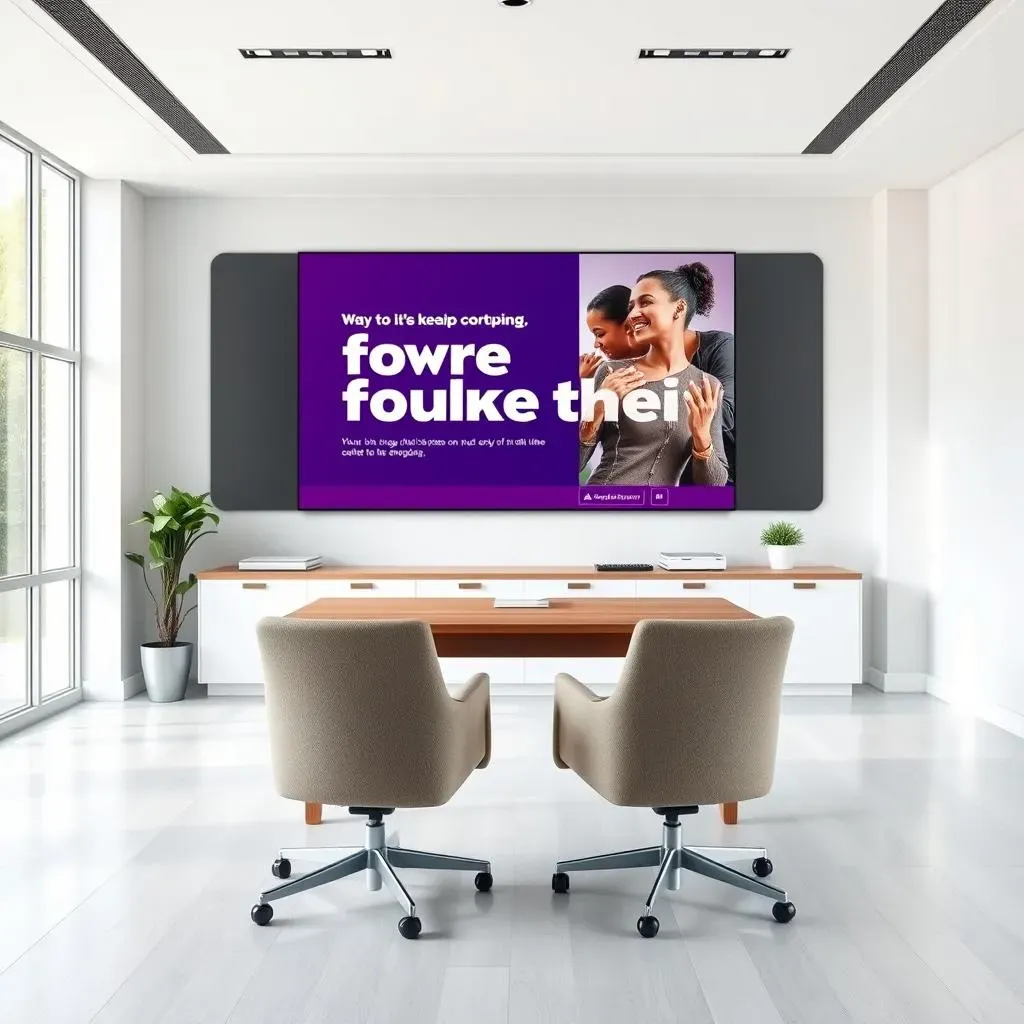Table of Contents
So, you're looking to raise money for your art project or organization? That's fantastic! But navigating the world of art fundraising can feel like trying to decipher a cryptic museum inscription. Don't worry, you're not alone. This comprehensive guide tackles the most frequently asked questions about art fundraising, breaking down the process into manageable steps. We'll explore everything from planning the perfect fundraising event to discovering diverse funding sources and maximizing your campaign's impact. Whether you're a seasoned artist or just starting out, we'll equip you with practical advice and actionable strategies. Get ready to transform your fundraising challenges into opportunities, turning your artistic vision into a reality. This article answers your most pressing questions, including those you didn't even know you had! We'll cover essential topics such as selecting appropriate fundraising methods, building strong relationships with potential donors, and effectively managing your campaign's budget. So, let's dive into the answers to those frequently asked questions about art fundraising and unlock the potential of your creative endeavors.
Planning Your Art Fundraising Event: FAQs

Planning Your Art Fundraising Event: FAQs
Choosing the Right Event Format
So, you're planning an art fundraising event – exciting! But the first hurdle is deciding *what kind* of event to have. A stuffy gala? A vibrant art walk? A casual paint-and-sip? The choice depends entirely on your target audience and the overall tone you want to set. Consider your artwork: is it best showcased in a formal setting, or a more relaxed environment? Think about who you're trying to attract – high-rolling patrons or a wider community of art lovers? The format dictates everything from the venue and catering to the marketing strategy and overall budget.
Don't underestimate the power of a well-chosen theme! A theme can tie everything together, from the invitations to the decorations and even the food. It creates a cohesive experience for your guests, making your event more memorable and engaging. Think about a theme that complements your artwork and your overall fundraising goals. For example, if you're raising money for a children's art program, a family-friendly carnival theme might be perfect. If you're showcasing more serious, thought-provoking artwork, a sophisticated gallery opening might be more appropriate.
Event Type | Pros | Cons |
|---|---|---|
Gala | High-ticket sales potential, upscale image | Can be expensive to plan and execute, may not reach a broad audience |
Art Walk/Exhibition | Attracts a wider audience, showcases diverse works | May require more logistical planning, less structured fundraising |
Auction | High-value items can generate significant revenue | Requires careful selection of items, may not appeal to all donors |
Setting a Realistic Budget and Timeline
Budgeting for your event is crucial; it’s easy to get carried away with grand ideas and then realize you’re short on funds. Start by listing all potential expenses: venue rental, catering, marketing, invitations, entertainment, staffing, and of course, any artist fees or commissions. Then, realistically estimate how much you can raise through ticket sales, sponsorships, and donations. The difference between these two figures is your fundraising goal. Remember to build in a buffer for unexpected costs – things always go wrong, and it's better to be prepared!
Creating a timeline is equally important, especially for larger events. Break down the planning process into smaller, manageable tasks with deadlines. This prevents last-minute scrambling and ensures everything runs smoothly. Start with the big picture: securing a venue, setting a date, and establishing your budget. Then move to smaller details: designing invitations, confirming catering, and arranging entertainment. A well-structured timeline keeps you organized and on track, reducing stress and maximizing efficiency.
- Secure Venue (6 months prior)
- Set Date & Budget (5 months prior)
- Design Marketing Materials (4 months prior)
- Confirm Catering & Entertainment (3 months prior)
- Send Invitations (2 months prior)
- Finalize Logistics (1 month prior)
Frequently Asked Questions About Funding Sources for Art Projects

Frequently Asked Questions About Funding Sources for Art Projects
Grants and Funding Organizations
Securing grants is a fantastic way to fund your art project, but it can feel like navigating a maze! There are countless organizations out there, each with its own specific focus and application process. Start by researching organizations that align with your project's theme and artistic style. Look for grants specifically for visual arts, performing arts, or multimedia projects. Don't be afraid to cast a wide net – the more applications you submit, the higher your chances of success. Remember to carefully read the guidelines for each grant, as requirements can vary significantly. And don't be discouraged by rejections; they're part of the process!
Many organizations offer grants specifically for emerging artists or those from underrepresented communities. These grants often have less stringent requirements and are designed to support artists at the beginning of their careers. You can find information about these grants on websites dedicated to arts funding, such as the National Endowment for the Arts or your local arts council. Networking with other artists and attending arts events can also lead to valuable connections and information about available funding opportunities.
Funding Organization Type | Focus | Application Process |
|---|---|---|
National Endowment for the Arts | Broad range of arts projects | Competitive, detailed application |
Local Arts Councils | Local arts initiatives | Varies by council, often less competitive |
Private Foundations | Specific areas of interest | Varies widely, often requires prior relationship |
Crowdfunding and Online Platforms
Crowdfunding has revolutionized the way artists fund their projects, offering a direct connection with potential supporters. Platforms like Kickstarter, Indiegogo, and Patreon allow you to present your project to a global audience and raise funds through small donations. Before launching your campaign, create a compelling pitch that clearly explains your project, its goals, and how the funds will be used. High-quality visuals are essential – think photos, videos, or even a short animated explainer. Engage with potential backers by responding to comments and providing updates throughout the campaign.
Remember to set a realistic funding goal and timeline. Don't overestimate what you can achieve in a short period. Offering rewards to backers is a great way to incentivize contributions. Think about offering prints, merchandise, early access to your work, or even a personalized thank-you note. Promote your campaign across all your social media channels and through your email list. The more people you reach, the greater your chance of success. And remember, even small contributions add up!
- Create a compelling project pitch
- Set realistic funding goals and timelines
- Offer attractive rewards to backers
- Promote your campaign actively across multiple platforms
Sponsorships and Corporate Partnerships
Seeking sponsorships from corporations or businesses can provide significant funding for your art project. Identify companies whose values align with your work or whose target audience overlaps with yours. Develop a tailored sponsorship package that clearly outlines the benefits for the sponsor, such as logo placement on marketing materials, event recognition, or social media mentions. Be prepared to negotiate and be flexible in your approach. Sometimes, a smaller sponsorship is better than no sponsorship at all!
Remember to always maintain a professional and courteous attitude throughout the sponsorship process. Follow up with potential sponsors after your initial contact. A personal touch can go a long way. Consider offering different sponsorship levels with varying benefits to accommodate different budgets. And don't forget to thank your sponsors publicly for their support. A well-crafted sponsorship package can significantly boost your fundraising efforts.
Maximizing Your Art Fundraising Campaign: FAQs and Best Practices

Maximizing Your Art Fundraising Campaign: FAQs and Best Practices
Effective Communication and Marketing Strategies
Okay, so you've got your funding sources lined up, but how do you actually *reach* those potential donors? Effective communication is key! Think of your fundraising campaign as a carefully orchestrated performance – you need to grab attention, tell a compelling story, and inspire action. Start by crafting a clear and concise message that highlights the impact of your art project and the importance of supporting your cause. Use high-quality visuals to showcase your artwork and create an emotional connection with your audience. Don't be afraid to show your passion! Enthusiasm is contagious.
Use a multi-channel approach to reach a wider audience. This includes email marketing, social media, your website, and even traditional print media like flyers or posters. Personalize your messages where possible – a handwritten note goes a long way! Track your results and adjust your strategy as needed. What works for one audience might not work for another. Experiment and see what resonates best.
Marketing Channel | Pros | Cons |
|---|---|---|
Email Marketing | Targeted, personalizable | Requires an email list, can be easily ignored |
Social Media | Wide reach, visual engagement | Can be time-consuming, algorithm-dependent |
Website | Central hub for information | Requires technical skills or outsourcing |
Building Strong Donor Relationships
Fundraising isn't just about asking for money; it's about building relationships. Cultivate connections with your donors by providing regular updates, sharing your progress, and expressing gratitude for their support. Consider offering exclusive benefits to your most generous donors, such as early access to your work, invitations to private events, or personalized thank-you notes. Remember that donors are investing in your vision, so keep them informed and engaged every step of the way. Building lasting relationships with donors is crucial for long-term fundraising success.
Don't underestimate the power of storytelling. Share your personal journey as an artist and the impact your project will have on the community. Connect with your audience on an emotional level, inspiring them to support your work. Be transparent about how you'll use the funds and provide regular updates on your progress. Transparency builds trust and encourages further donations. And finally, always express sincere gratitude for every contribution, no matter how small.
- Provide regular updates and progress reports
- Offer exclusive benefits to generous donors
- Share your personal story and connect emotionally
- Be transparent about how funds will be used
- Express sincere gratitude for all contributions
